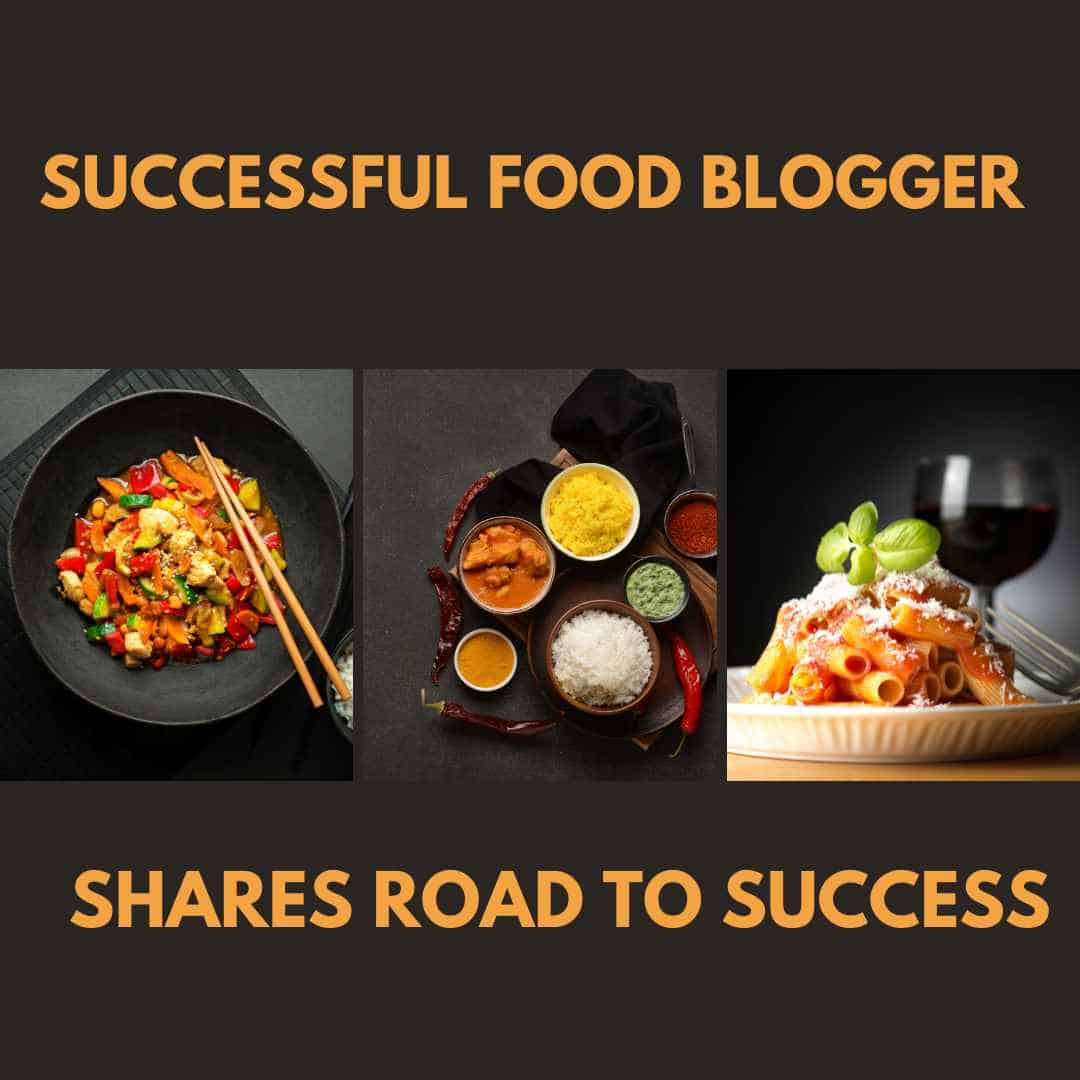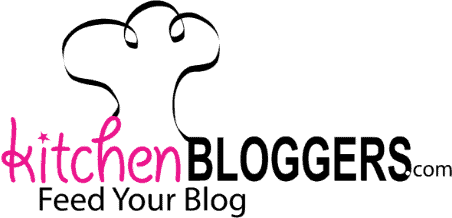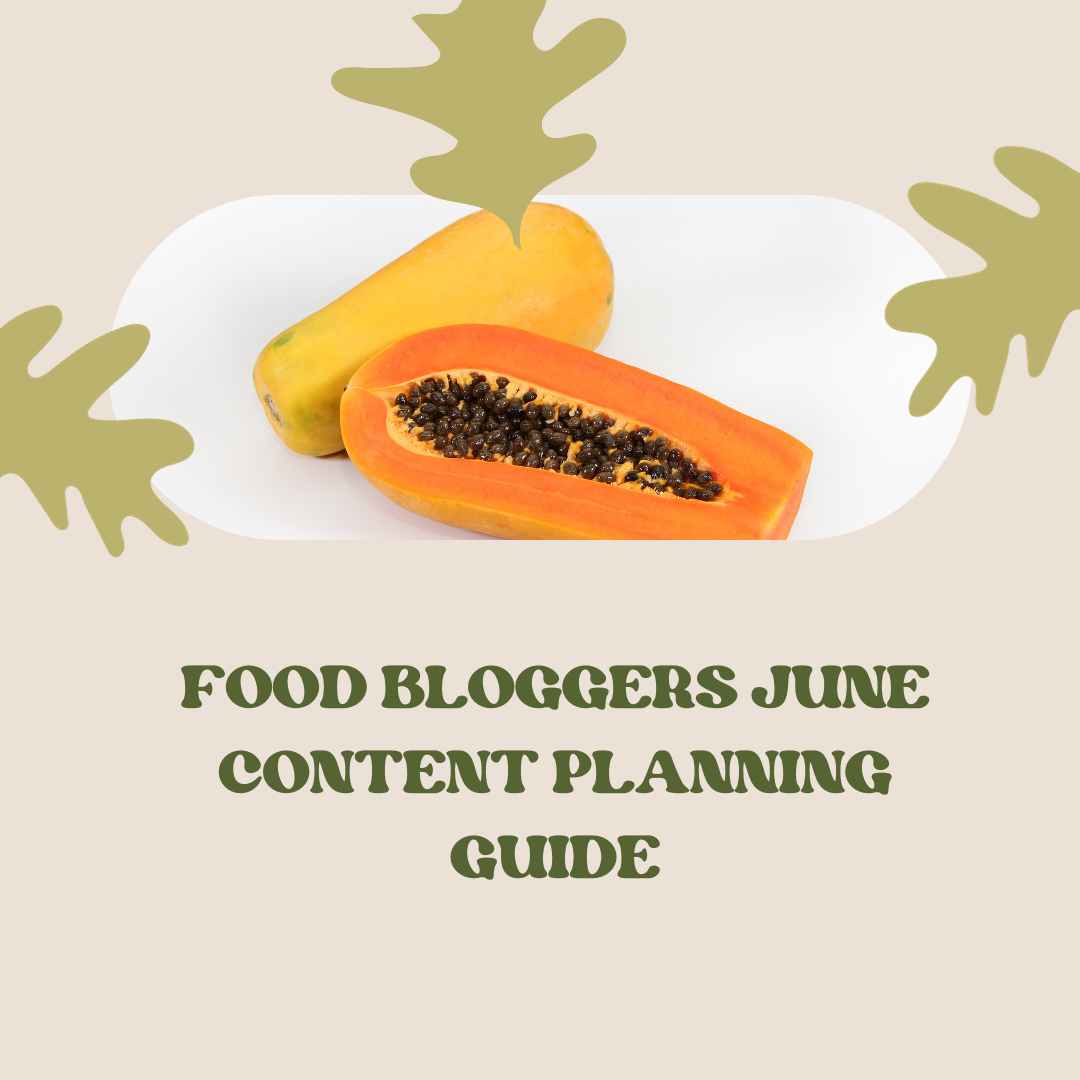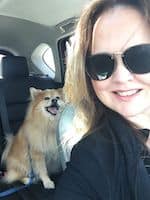
+ Tips on How You Can Find Success, Too!
Hey KitchenBloggers! Welcome to the first in a two-part series where we explore what it takes to create a successful food blog that will be attractive to potential buyers down the road. Even if you can’t quite embrace the idea of selling your “baby” – this series offers great insight into what it takes to develop a successful food-related online business.
I’ve asked FE International, an online business M&A (merger & acquisitions) advisor with offices in Boston, London, and Saigon, to share a Q & A case study from a recent food blog sale they completed, plus tips on how you can achieve success, too.
In this first installment, Liz Latham, creator of PocketChangeGourmet.com, shares how she built, and later sold, her successful food site, plus some key tips and ideas she feels were instrumental in her success.
Here is her story (as told to FE International) …
FE International recently caught up with the founder of PocketChangeGourmet.com, Liz Latham, and got the inside scoop on how she started her successful food and recipe website, tips she has for those looking to start or grow their business, and how she knew it was time to sell.
As most people know, the popularity of food blogging has skyrocketed within the last 5 years. Gone are the days when a chef had to graduate from a prestigious culinary school or earn themselves a Michelin star to build a reputation. Now, if you have a strong social media following, create engaging content, and have the right revenue streams in place, you have potential.
FE International recently advised Liz Latham on the sale of PocketChangeGourmet. After successfully building this business, Liz came to us ready to sell because she wanted to focus on another one of her businesses – a lifestyle website called Hoosier Homemade. We recently had the chance to speak with Liz about how she found success, plus ask for her tips on how to run a successful food-and-recipes online business, and how she felt about the selling process.
Q: Liz, could you tell us a little bit about yourself?
L: Sure! I am a wife of 29 years and a mom to 3 wonderful boys; ages 26, 24 and 20. When I’m not working, I enjoy swimming each morning, reading, spending my morning time at the beach, and adult coloring.
Q: The beach sounds pretty good right about now! What got you interested in starting a food blog?
L: I started Hoosier Homemade in 2009 to share homemaking ideas, DIY projects, and both cooking and baking recipes. In 2011 we decided that the cooking recipe portion of the website was substantial enough to stand on its own. So, we transitioned the cooking recipes to a new blog, Pocket Change Gourmet, and kept the concentration on baking, and other homemaking skills stayed on Hoosier Homemade.
Q: Good idea, clearly! So, what skills would you say are necessary to owning and operating a successful lifestyle blog?
L: The three skills I would say are necessary are:
- Consistency. Keeping on track with one theme instead of trying to tackle a bunch of different topics is important and helps build out a strong, engaged following with genuine interest.
. - Great content and photography, as that grabs people’s attention. Good content with clear instructions keeps people coming back since it is a source they are comfortable with.
. - Staying on top of new trends, which can be time consuming sometimes but makes all the difference when you are differentiating yourself from the competition and the first to publish something on a new trend.
Q: How was the business monetized?
L: The business is monetized mostly through advertising, some sponsored posts with brands and a little affiliate income.
Q: Having multiple revenue streams is a really important aspect to potential buyers. Many people don’t know how to go about finding advertisers. How did you go about finding your advertisers?
L: In the beginning, we used smaller agencies like Gourmet Ads to fill the ads, but after a couple years, our pageviews were high enough that we were able to switch to AdThrive.
Q: What do you think contributed the most to the success of your site?
L: Recipes that people are familiar with and popular are always a good choice. People typically know what they want, they just don’t know how to make it. Also, the menu plans were a huge success. Weekly plans, whether it be workouts, chores or food, are becoming more and more popular as people get busier and busier. Providing a menu for the week takes out the biggest question of people’s day: “What am I going to make for dinner?”
Q: I think we can all admit to avoiding that question and having a pizza order on standby. What’s your content-development process?
L: Keyword research is a very important part of our content development process. We used that to determine what recipes would most commonly bring visitors to our site. Then we cooked the meals, shot the photography, edited the photos, wrote the post and published it. After that came all the promotion on social media. My husband and I work together on the business, full time. Our son has worked for us as well, as well as a few team members.
Q: Is this the first website that you’ve sold?
L: Yes.
Q: What made you choose to work with FE International over other advisors or selling on your own/on a marketplace?
L: I had reached out to one other advisory firm about a year ago but never moved forward with them and I cannot recall which firm it was. I also didn’t feel like I knew enough about the selling process to sell the site on my own. FE was very professional and had lots of great systems in place. The process was smooth and seamless.
Q: Happy to hear it! What advice would you give to someone, especially first-time sellers, wanting to sell their online business?
L: I would advise them to:
- Track income very specifically. Tracking income is not only good for the bigger picture, but also when working on a strategy moving forward. For example, we now know that we receive less income from ads in April and May, because the revenue for those months are from traffic in Jan and Feb which, for us, isn’t as high.
. - To build the business so that there are several revenue streams. It’s best to have several revenue streams so that all the eggs aren’t in one basket. If something happens and traffic is suddenly down, your ad revenue drops. Similarly, if Amazon were to remove you from their affiliate program, then you will need backup income.
. - Build social media. By this I mean build the number of followers – this number doesn’t always result in page views, however when working with brands, they like to see the numbers. For example – our follower number on Facebook for Hoosier Homemade is over 68,000; because Facebook has strong algorithms, we get a very small percentage of reach from the number count, but on the flip side, our following on Pinterest is over 100,000 and we get a huge amount of traffic from Pinterest. Our social media numbers for Pocket Change Gourmet are also good, which ultimately resulted in a higher sale value.
Q: Great points. The aspects you just mentioned are all areas that we take into consideration when valuing a business. What advice would you give to someone looking to start their own business?
L: To choose a topic that you are passionate about. The time spent on a business is long and takes a lot of work, so if you end up working on something you really don’t like, it can be very difficult.
Q: Besides being passionate about the food and recipe industry, where did you get the inspiration for the menu plans? Are the recipes something you taste-tested and approved with your own family? Were there any funny mishaps?
L: Menu planning is something that I have done for many, many years; it’s part of keeping an organized home, in my opinion, and it makes life much easier. The recipes on the menu plans are mostly those that our family has eaten over the years, like spaghetti, lasagna, etc. I can’t recall any mishaps, although I do know there have been many trips for take-out when a recipe failed or wasn’t done on time.
Q: Was there ever a moment of difficulty that made you want to quit? If so, what did you do to push through and build a highly successful business?
L: As an entrepreneur, I have had many ups and downs, as I am sure every other entrepreneur can say. During the years that I worked a lot (60-80 hours a week) building the business, there were definitely times that I thought about going back to a regular job. But there were always more good times than bad, so I held onto the dream and had faith.
Q: I can certainly relate to that. It is really important to keep your eye on the prize, even if there are late nights, or long weeks involved. Seeing your vision become a success makes it worth it. What are your plans now that you have successfully sold your website?
L: We still have our other site, Hoosier Homemade, and we are building a more robust site right now with more features and content. We have recently leased a studio location, which will allow me more space and to get the current studio out of my home! We are focusing on creating digital products and more videos as well.
Q: That’s great! Sounds like you have a lot to look forward to. Is there anything else you would like to share about your experience building, growing and selling this blog?
L: I was so pleased that it sold so quickly and that we received full asking price, thanks to FE International and their staff.
Q: It was a pleasure working with you! And thank you for sharing your story with us so that hopefully other people can learn from it and have their own success story. We hope to work with you again in the future.
**************
Have questions? Whether it is about selling or buying an online business or just a general question, feel free to contact FE International here. (aff. link)
Don’t miss Part 2 of this series: 12 Tips to Successfully Sell Your Food Blog. In this interview, Thomas Smale, founder of FE International, shares some of his best tips and insights into how you can build your food-related into a valuable asset, as well.
Want more tips on how to grow your food-related blog? Check out the KitchenBloggers’ private (but FREE) Facebook group to connect and network with more than 1,200 (and growing daily) food, health, & lifestyle bloggers!





